A fine example of an early 17th century glazed earthenware tile.
The motifs, outlined in yellow on a brown background, depict a stag's head surmounted by a star, within an octagonal reserve, and four small flowers in the corners.
This tile is documented in several examples (I have owned and sold several) and its coat of arms has been attributed to Pierre de Nivelle, Abbot of Cîteaux from 1625 to 1635. It is believed to have come from the Argilly workshop in Burgundy, which was active between the late 16th and early 17th centuries. Examples can be found, notably, at the Château de Gilly Les Cîteaux: "the crest of a gilded doe, surmounted by a cross or a five-pointed star" (please check documentation on last photos).
"The fire place has been raised by 40 cm with original glazed and polychrome terracotta tiles; the stag's head motif is visible. A frontal motif surmounted by a star in shades of yellow on ochre appears in an alternating frieze. The stag's antlers are abundant and surround its stylized head.
These tiles are not unique to this location, as they are found sporadically throughout the castle floors. Their placement is not always original; however, it is possible that they once covered certain floors, such as the Pierre Nivelle room or the former study, rooms important for their symbolism and elaborate decoration. It should be noted that the tiles were originally laid in relief, at uneven heights, which is not perceptible to the eye but is noticeable to the touch."
This historical piece has kept its original glaze and an authentic patina linked to its architectural use.
Very beautiful, glossy glaze, with some enamel losses along the yellowish edges.
Dimensions :
12.5 x 12.5 cm and
irregular thickness of 2.4 to 2.8 cm.
Bishop Nivelle has an aesthete and refined taste for arts, specially for painting and floral and fruit motifs, he has been credited with creating some of the paintings still in place in Luçon. A small canvas held in a private collection does indeed bear his signature and seal. The lavish Abbot of Cîteaux, later Bishop of Luçon, thus remained in the lineage of his predecessors, as the one who most deserved the title of "artist bishop."
Bibliography:
"Le Monde carré, 700 ans de carreaux français" by Benoît Fay, published by Musées de France, 2005



























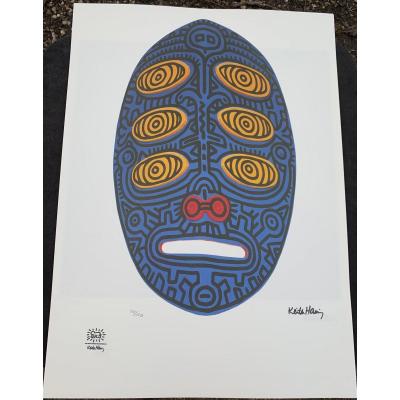
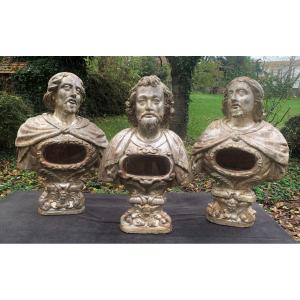








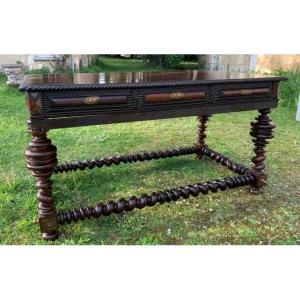





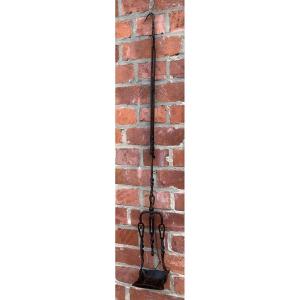
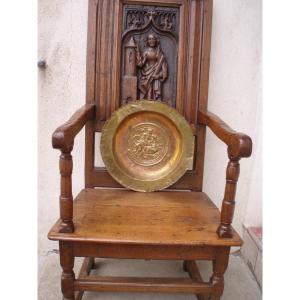





 Le Magazine de PROANTIC
Le Magazine de PROANTIC TRÉSORS Magazine
TRÉSORS Magazine Rivista Artiquariato
Rivista Artiquariato